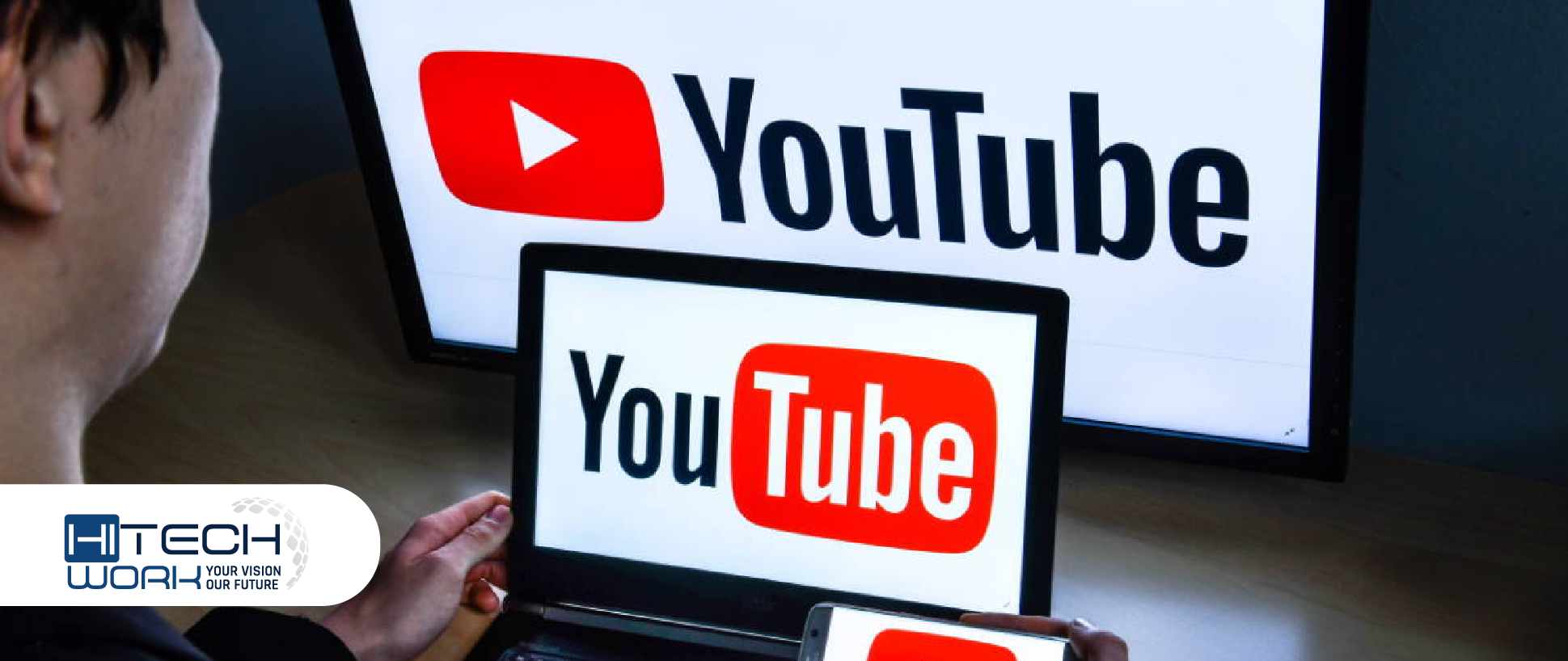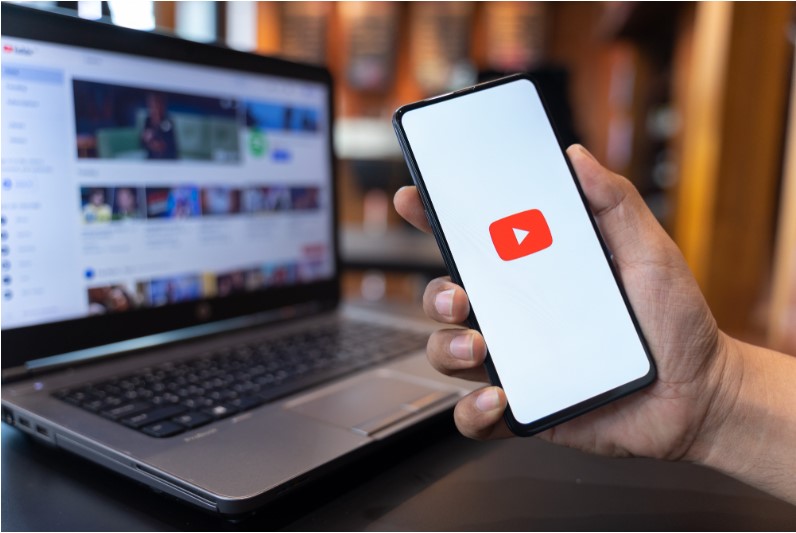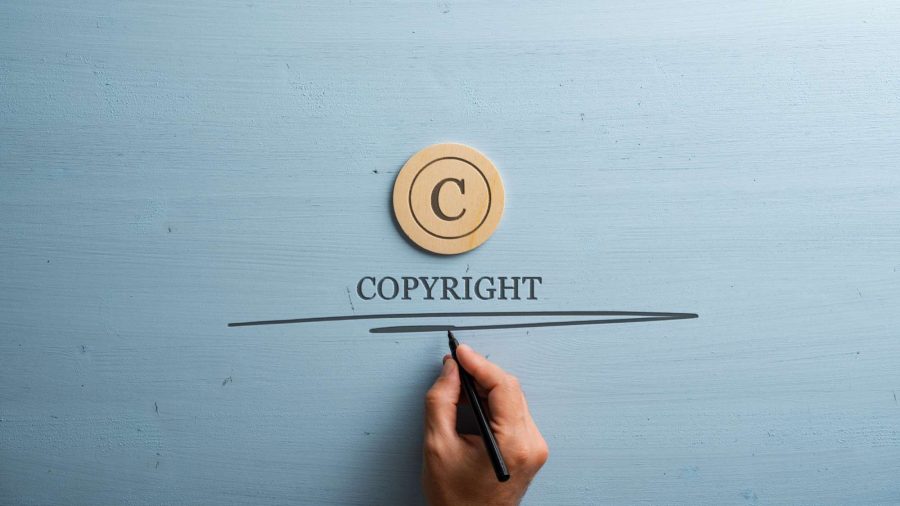As a content creator on YouTube, navigating the platform's copyright landscape can be daunting. With millions of videos uploaded daily, understanding how to protect your work while respecting others' rights is crucial. In this guide, we’ll dive into the intricacies of YouTube’s copyright policies, empowering you to create without fear of infringement. So, let’s get started!
Understanding YouTube Copyright Policies

YouTube has established a comprehensive set of copyright policies designed to protect creators’ intellectual property while promoting a fair environment for content sharing. Understanding these policies is essential for both new and seasoned creators to avoid unnecessary pitfalls. Here are some key elements of YouTube's copyright framework:
- Copyright Ownership: Generally, the person who creates a piece of content holds the copyright. This includes music, videos, images, and any original materials. To use someone else's copyrighted work, you need permission or a license.
- Fair Use Doctrine: In some cases, using portions of copyrighted material without permission might fall under "fair use." This often applies to commentary, criticism, news reporting, or educational purposes. However, fair use is a complex legal concept and should be approached with caution.
- Content ID System: YouTube employs a sophisticated Content ID system that automatically scans uploaded videos for copyrighted material. If it finds a match, it allows copyright owners to claim, block, or monetize the content. If you receive a Content ID claim, it’s essential to understand your options.
- Strike System: YouTube operates a three-strike policy where receiving a copyright strike can lead to serious consequences, including account termination. Understanding this system can help you create safer content.
Stay informed about updates to YouTube’s copyright policies by regularly checking their official resources. Equipped with this knowledge, you'll be better prepared to navigate the copyright waters and create with confidence!
Also Read This: How to Submit Your Photos to Getty Images and Get Paid for Your Work
Best Practices for Original Content Creation

Creating original content is not only vital for standing out on platforms like YouTube but also essential for avoiding copyright risks. Keep these best practices in mind to ensure that your content is fresh and legally sound:
- Develop Your Own Ideas: Start with brainstorm sessions to generate unique content ideas. Don't just rehash what's trending; find your own angle that reflects your personality and expertise.
- Use Your Own Footage: Whenever possible, shoot your own videos. This guarantees that you have full control over your visuals and ensures that no copyright claims arise from other creators' work.
- Create Original Music: If your content requires music, consider producing your own tracks. Even a simple melody can add a unique touch to your videos.
- Utilize Creative Tools: Use design applications and video editing software to create visuals and graphics that represent your voice and style. Tools like Adobe Premiere Pro or Canva can assist in these endeavors.
- Credit Collaborators: If you work with other creators, be transparent about contributions and give credit where it’s due. This fosters a sense of community and protects against potential disputes.
- Keep Documentation: Maintain records of your brainstorming sessions, scripts, and production notes. This could protect you in case of any claims against your content.
By following these practices, you'll not only enrich your channel with authentic content, but you'll also build a loyal audience that values your unique take on various topics.
Also Read This: Promoting Your 123RF Portfolio: Effective Strategies for Increasing Visibility and Sales
Utilizing Royalty-Free Resources

One effective way to minimize copyright risks is by utilizing royalty-free resources. These tools can provide you with a wealth of materials that are free from copyright entanglements. Here's how to utilize these resources:
- Find Trusted Platforms: Websites such as Unsplash, Pexels, and Pixabay offer high-quality images and videos that can be used freely. Always check their usage rules to ensure compliance.
- Explore Royalty-Free Music Libraries: Platforms like YouTube Audio Library, Free Music Archive, and Incompetech offer music tracks that you can use without worrying about copyright infringement.
- Creative Commons Licenses: Look for works that are under Creative Commons licenses. While many are free to use, be mindful to adhere to the specific terms of each license regarding attribution and modification.
- Use Stock Footage: If you need video clips, consider royalty-free stock footage providers like Videvo or Pond5. These sites can be a goldmine for finding quality visuals that fit your narrative.
- Check for Attribution Requirements: Always read the fine print. Some royalty-free resources may require you to credit the creator, and neglecting to do so could lead to issues.
By strategically incorporating these royalty-free resources into your content, you’ll not only enhance your videos aesthetically but also protect yourself from potential copyright claims, allowing you to focus on what you do best—creating!
Also Read This: Accessing Adobe Stock from Photoshop
Correctly Giving Credit to Source Material
When creating content on YouTube, acknowledging the sources of your inspiration is not just a polite thing to do—it's often necessary to avoid copyright issues. Properly crediting your source material can help you maintain credibility while also protecting your channel from potential copyright claims. Here’s how to correctly give credit:
- Identify the Source: Always know where your material comes from. Whether it’s music, video clips, images, or text, recognizing the creator is the first step.
- Include Attribution: When using someone else's work, include a clear attribution. This might look something like, “Image by [Artist's Name] from [Source URL].” Make sure the information is easy to read and find.
- Use It in Your Description: You can also place credit in the video description. This not only informs your viewers but also crawlers from YouTube about where your materials are from.
- Be Specific: Instead of vague references, be specific. Specify the title of the piece, the creator’s name, and where you found it, as this adds legitimacy.
- Respect the License: If the source material is under a specific license, make sure you comply with its terms when giving credit.
Remember, giving credit isn’t just about following the rules; it's about fostering a community of respect among creators. The art of acknowledgment goes a long way!
Also Read This: Can I Sell iStock Photos I Own on Facebook
Employing Fair Use Guidelines
Understanding fair use can often feel like navigating a legal maze, but it’s essential for content creators on YouTube. Fair use allows for limited use of copyrighted material without requiring permission from the rights holders. However, it’s crucial to employ fair use correctly to avoid facing copyright claims.
Here are a few key aspects to consider when thinking about fair use:
| Factor | Description |
|---|---|
| Purpose and Character | Is your use transformative? Fair use often applies to content that adds new expression or meaning. |
| Nature of the Work | Using factual or non-fictional works is more likely to be seen as fair use compared to creative works. |
| Amount Used | Using a small excerpt is more likely to be considered fair use than using a substantial portion. |
| Market Effect | If your use doesn't harm the market value of the original work, it’s more likely to be seen as fair use. |
To navigate fair use prudently, consider these steps:
- Always Analyze: Before using material, analyze how it fits into the fair use criteria.
- Limit Usage: When in doubt, limit the amount of content you borrow.
- Provide Commentary or Critique: Adding your perspective makes it more likely that your use could be considered transformative.
Remember, while fair use offers protection, it can still be subjective. Familiarize yourself with the nuances, and when necessary, seek legal advice!
Also Read This: How to Get Permission to Use Getty Images
7. Monitoring Your Content for Potential Issues
As a content creator on YouTube, it's crucial to keep an eye on what you've uploaded. Monitoring your content for potential copyright issues doesn't just protect your channel; it also saves you from costly legal trouble. Here are some effective ways to monitor your content:
- Regularly Review Your Videos: Take the time to re-watch your own videos periodically. This helps you catch any content that might inadvertently breach copyright laws.
- Use YouTube's Content ID System: Make good use of YouTube's built-in Content ID tool. This system automatically scans your videos for copyrighted materials and notifies you if any exist.
- Stay Updated on Copyright Laws: Make it a habit to keep yourself informed about any changes in copyright regulations. This knowledge can help you format your content accordingly.
- Engage with Your Audience: Actively seek feedback from your viewers. They might catch things you've missed, and their input can guide you in avoiding similar pitfalls in the future.
Additionally, consider using software tools designed for monitoring copyright issues. These applications can scan your video library and notify you of potential risks, allowing you to address them before they escalate. Remember, a proactive approach will save you time and energy in the long run!
Also Read This: Understanding Dailymotion TS Files and Their Functionality
8. Responding to Copyright Claims
When faced with a copyright claim, it’s important to respond promptly and effectively. It's a stressful situation, but knowing how to handle it can minimize its impact on your channel. Here’s how to navigate this process:
- Understand the Claim: Read the details of the copyright claim carefully. You'll receive a notification from YouTube, which includes information about who made the claim and why.
- Assess Your Options: Do you believe the claim is valid? If so, you might want to remove the offending content or mute the copyright-protected portion. Alternatively, if you feel you have a fair use case, respond directly.
- Submit Your Dispute: If you strongly believe the claim is wrongful, you can dispute it. Use the tools YouTube provides to submit your case, explaining why you think the claim should not apply to your content.
- Be Prepared for Outcomes: Once you submit a dispute, be ready for the various outcomes. The claimant may accept your dispute, or they could choose to stand by their claim. In the worst-case scenario, you may receive a strike against your account.
Remember, communication is key. If you have a good relationship with the claimant, reaching out and resolving the issue directly may be a wise option. Ultimately, handling copyright claims can be a learning experience—just make sure to take it in stride!
How to Avoid YouTube Copyright Risks for Content Creators
As a content creator on YouTube, navigating copyright risks is crucial to ensuring the longevity and success of your channel. Copyright infringement can lead to video takedowns or even channel termination, so being proactive is essential.
Understanding Copyright Basics
Before diving into strategies for avoiding copyright risks, it’s important to understand some key concepts:
- Copyright: Protects original works of authorship, including videos, music, images, and more.
- Fair Use: A legal doctrine that allows limited use of copyrighted material without permission, typically for commentary, criticism, or education.
- Creative Commons: A licensing system that allows creators to use works under specific conditions.
Strategies to Minimize Copyright Risks
- Use Royalty-Free Music: Opt for music that is explicitly labeled as royalty-free or that falls under Creative Commons licenses.
- Modify Existing Content: If you choose to use copyrighted content, transform it sufficiently to qualify under the Fair Use criteria.
- Seek Permission: Always seek permission from the copyright owner before using their work, particularly for larger segments of content.
- Utilize YouTube's Audio Library: This resource offers free music that is safe for use in your videos.
- Create Original Content: The most effective way to avoid copyright issues is to produce your own original work.
Monitoring Copyright Claims
Regularly check your YouTube dashboard for copyright notices or claims. Understanding and addressing these issues promptly can help you maintain your channel's health.
Conclusion
By understanding copyright basics and implementing these strategies, content creators can significantly reduce the risks associated with copyright infringement on YouTube, allowing them to focus on producing great content without the worry of legal repercussions.
 admin
admin








